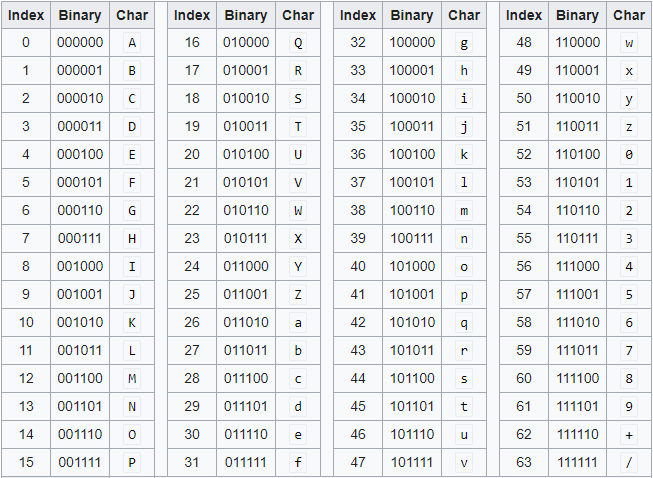


Use this option if you want to encode multiple independent data entries separated with line breaks. Encode each line separately: Even newline characters are converted to their Base64 encoded forms.For the files section, this is partially irrelevant since files already contain the corresponding separators, but you can define which one to use for the "encode each line separately" and "split lines into chunks" functions.
Python base64 decode windows#
Newline separator: Unix and Windows systems use different line break characters, so prior to encoding either variant will be replaced within your data by the selected option.

As for files, the binary option is the default, which will omit any conversion this option is required for everything except plain text documents. Note that in case of text data, the encoding scheme does not contain the character set, so you may have to specify the appropriate set during the decoding process. Change this option if you want to convert the data to another character set before encoding.
Python base64 decode code#
The code for base64 decoding gives you the following output − Difference between ASCII and base64 You can use the following piece of code to perform base64 decoding −ĭecoded_data = base64.b64decode("RW5jb2RlIHRoaXMgdGV4dA=") The code for base64 encoding gives you the following output − Program for Decoding You can use the following piece of code to perform base64 encoding −Įncoded_data = base64.b64encode("Encode this text") Python includes a module called BASE64 which includes two primary functions as given below −īcode(input, output) − It decodes the input value parameter specified and stores the decoded output as an object.īase64.encode(input, output) − It encodes the input value parameter specified and stores the decoded output as an object. Base64 is also called as Privacy enhanced Electronic mail (PEM) and is primarily used in email encryption process. Decryption of Simple Substitution Cipherīase64 encoding converts the binary data into text format, which is passed through communication channel where a user can handle text safely.


 0 kommentar(er)
0 kommentar(er)
